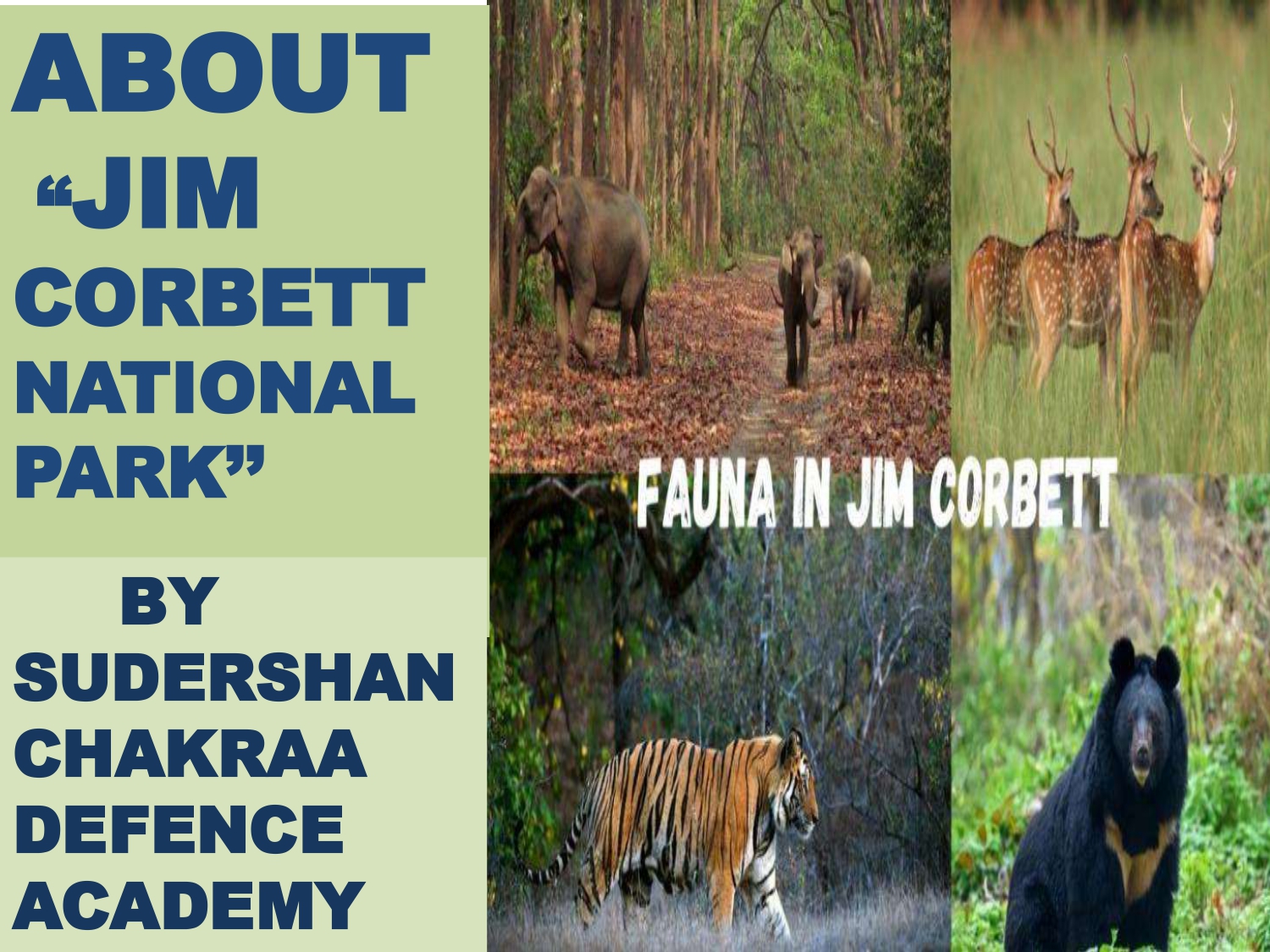? Jim Corbett National Park – Where the Wild Roars Free
Tucked away in the lush foothills of the Himalayas, Jim Corbett National Park is more than just a wildlife sanctuary — it’s a realm where nature thrives untamed and majestic beasts roam free. For wildlife enthusiasts, bird watchers, and adventure seekers, this is India’s ultimate jungle getaway.
? A Legacy Rooted in Conservation
Established in 1936 as Hailey National Park, this was the first national park in India. It was renamed Jim Corbett National Park in 1957 to honor Edward James Corbett, the legendary hunter-turned-conservationist who spent his life protecting the forests and wildlife of Kumaon. His stories, especially those involving man-eating tigers, are part of Indian jungle folklore.
Jim Corbett played a key role in setting up the park and changing the mindset from hunting to conservation. The park also became the launch site for Project Tiger in 1973, India’s flagship program to save the endangered Bengal tiger.
? Wild at Heart: Rich Biodiversity
Jim Corbett National Park covers over 520 square kilometers of dense forests, grasslands, hills, and riverine belts. It is home to:
? Major Wildlife:
- Bengal Tiger (the main attraction)
- Asian Elephants
- Leopards
- Sloth Bears
- Gharials and Mugger Crocodiles
- Deer Species (Chital, Sambar, Barking deer)
- Wild Boars and Jackals
? Bird Paradise:
With 600+ bird species, it’s a haven for ornithologists. From the Great Hornbill to Kingfishers, vultures to crested serpent eagles — it’s a symphony of feathers and flight.
? Flora:
Dominated by Sal forests, the park also features bamboo, grasslands, and riverine vegetation that provide shelter and camouflage to its wild inhabitants.
? Exploring the Zones
The park is divided into 6 tourism zones, each offering a unique jungle experience:
1. Dhikala Zone – The most famous and scenic; tiger sightings, elephant herds, and overnight forest rest houses.
2. Bijrani Zone – Lush forest trails, great for photography and wildlife spotting.
3. Jhirna Zone – Open all year; good for wildlife and birds.
4. Dhela Zone – Less crowded; peaceful and bird-rich.
5. Durga Devi Zone – Ideal for birdwatchers and fishing near Ramganga River.
6. Garjiya Zone – A newer zone with high chances of wildlife sightings.
? Best Time to Visit
- November to June is ideal.
- Summer (April–June): Dry season; animals frequent water bodies – best for tiger sightings.
- Winter (November–February): Pleasant weather; great for birdwatching.
- Monsoon (July–October): Most zones are closed except Jhirna and Dhela.
? Safari Adventures
To explore the wild, you can book:
- Jeep Safari (6-person private safari)
- Canter Safari (16-seater, only in Dhikala)
- Elephant Safari (limited, mostly for short rides)
✅ Online Booking Portal:
https://www.corbettonline.uk.gov.in
Tip: Book at least 2–3 weeks in advance, especially in peak seasons.
?️ Where to Stay
- Forest Rest Houses inside zones (like Dhikala, Bijrani) – immersive jungle experience.
- Resorts & Hotels around Ramnagar – from luxury to budget stays.
- Popular names: Aahana Resort, Corbett Riverside Resort, The Riverview Retreat.
?️ How to Reach
- ? By Road: Delhi to Ramnagar – ~5-6 hours (240–250 km)
- ? By Train: Nearest station – Ramnagar, direct trains from Delhi
- ✈️ By Air: Nearest airport – Pantnagar Airport (approx. 80 km away)
? Travel Tips for Visitors


